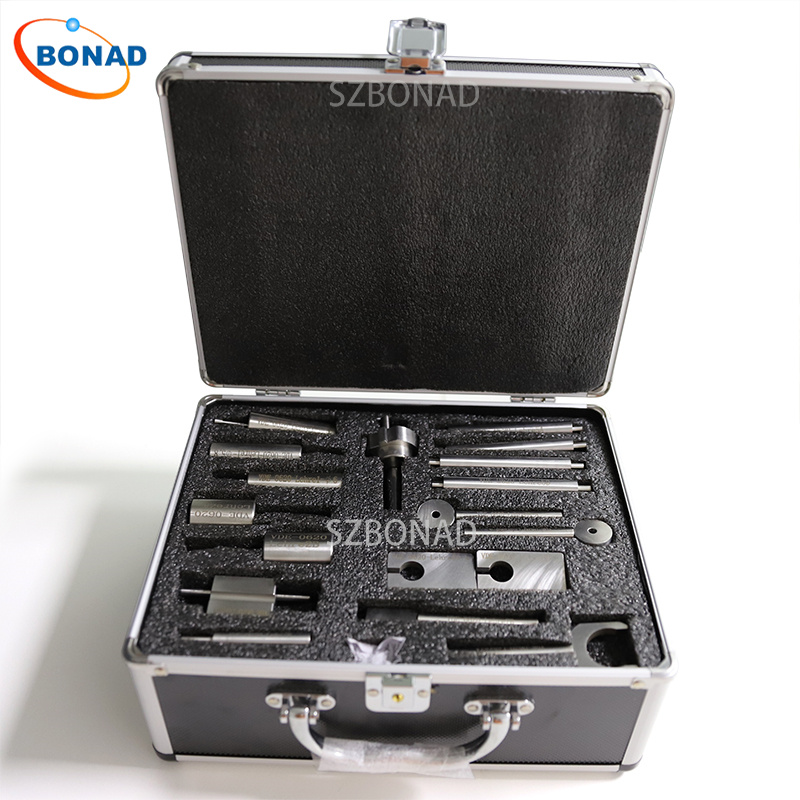Batteries are essential in today’s tech-centric world, powering everything from personal gadgets to renewable energy systems. Ensuring their reliability and performance is crucial, and this is where Environmental Battery Test Chambers come into play.
These chambers provide a controlled setting to simulate different conditions, allowing for the assessment of battery performance under varying temperatures, humidity levels, and other environmental factors. By conducting rigorous tests within these chambers, manufacturers and researchers can gain valuable insights into battery behavior, identify potential issues, and ensure optimal performance in real-world applications.
Understanding Environmental Battery Test Chambers
Battery environmental chambers are specialized tools designed to create controlled environments for testing battery performance and reliability. These chambers simulate real-world conditions, enabling meticulous evaluations of battery performance, safety, and longevity under various stresses like temperature fluctuations, humidity changes, vibrations, and more.
Equipped with advanced heating, cooling, and humidity control systems, these chambers can be programmed to follow specific environmental profiles. This allows researchers to create customized test protocols that closely match anticipated operating conditions.
In addition to simulating environmental stresses, these chambers often include features such as vibration platforms and altitude simulation to thoroughly evaluate a battery’s resilience. By exposing batteries to comprehensive real-world challenges, these chambers provide invaluable data that can be used to optimize design, improve safety measures, and extend the overall life cycle of battery-powered products.
The Purpose of Environmental Chambers in Battery Testing
Environmental chambers serve several crucial purposes in battery testing:
- Simulating Real-World Conditions: These chambers replicate real-world conditions with precision. By recreating various environmental stresses within controlled settings, researchers can assess how batteries perform under these conditions and identify potential weaknesses or areas for improvement.
- Evaluating Performance and Reliability: Environmental chambers offer a controlled environment for accurate measurements of key performance parameters. They enable the examination of battery behavior under extreme conditions to uncover potential safety risks and failure modes.
- Accelerated Aging and Durability Testing: By simulating long-term aging processes through controlled exposure to stress factors like elevated temperatures and humidity levels, researchers can gain insights into a battery’s long-term performance.
- Optimizing Design and Safety: Rigorous testing within these chambers provides valuable insights into battery behavior under different stresses. Manufacturers can use this information to refine designs and enhance safety measures.
- Regulatory Compliance: Battery testing within environmental chambers is crucial for meeting industry standards set by organizations like the International Electrotechnical Commission (IEC) and Underwriters Laboratories (UL).
Types of Environmental Battery Test Chambers
Selecting the right test chamber requires understanding the different types available:
- High-Low Temp Test Chamber: Designed for comprehensive testing with rigorous protocols.
- Double Layer Temp Cycling Test Chamber: Optimizes space while rigorously testing lithium-ion batteries.
- Walk-In Temp Explosion-Proof Solution: Tailored for battery pack testing with customizable walk-in chambers.
- Temp Humidity Vibration Test Chamber: Facilitates temperature control, cooling, and vibration testing.
- Dry Oven: Provides stable high-temperature drying with precise control.
- Altitude Chamber: Simulates high-altitude usage conditions.
- Salt Spray Corrosion Test Chamber: Evaluates corrosion resistance under intense environmental changes.
By comparing common types of environmental battery test chambers, you can make an informed decision based on your specific testing needs. Understanding each chamber’s capabilities ensures optimal performance, reliability, and safety of batteries under various conditions.


